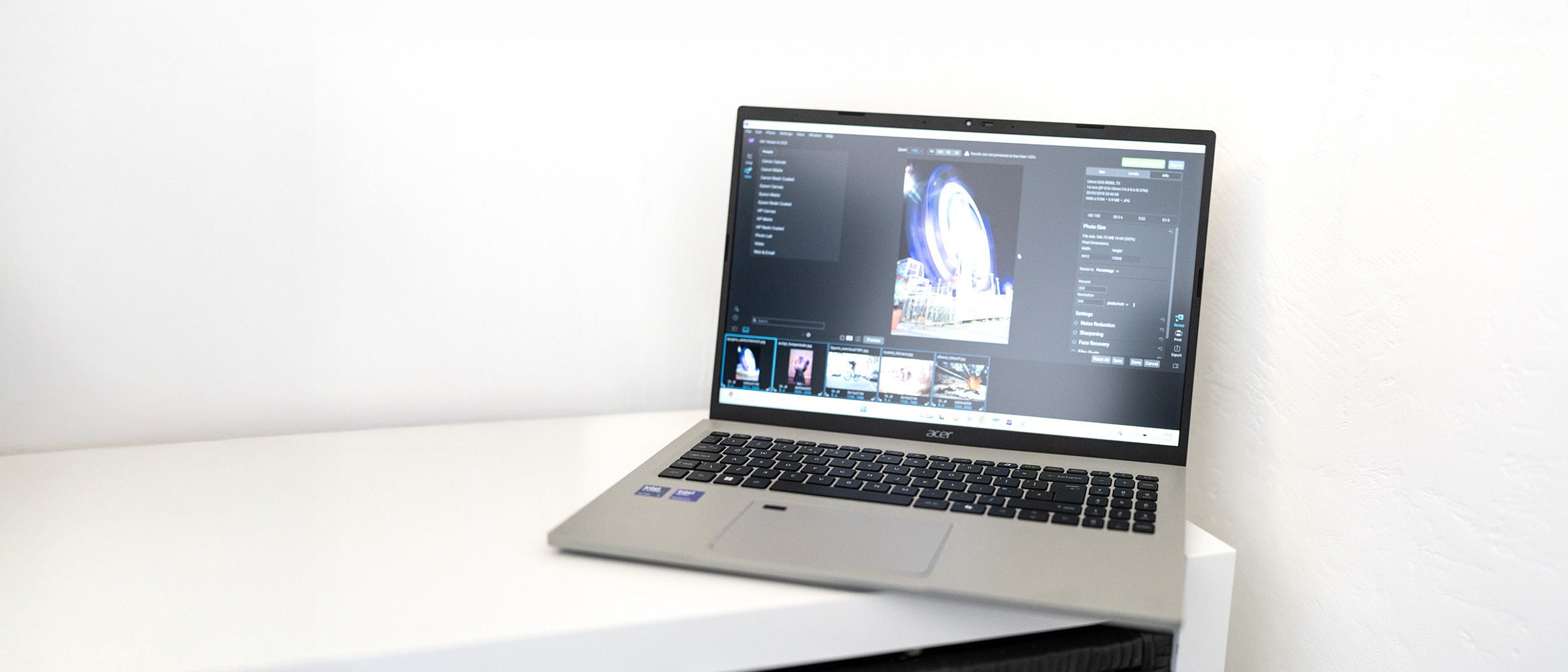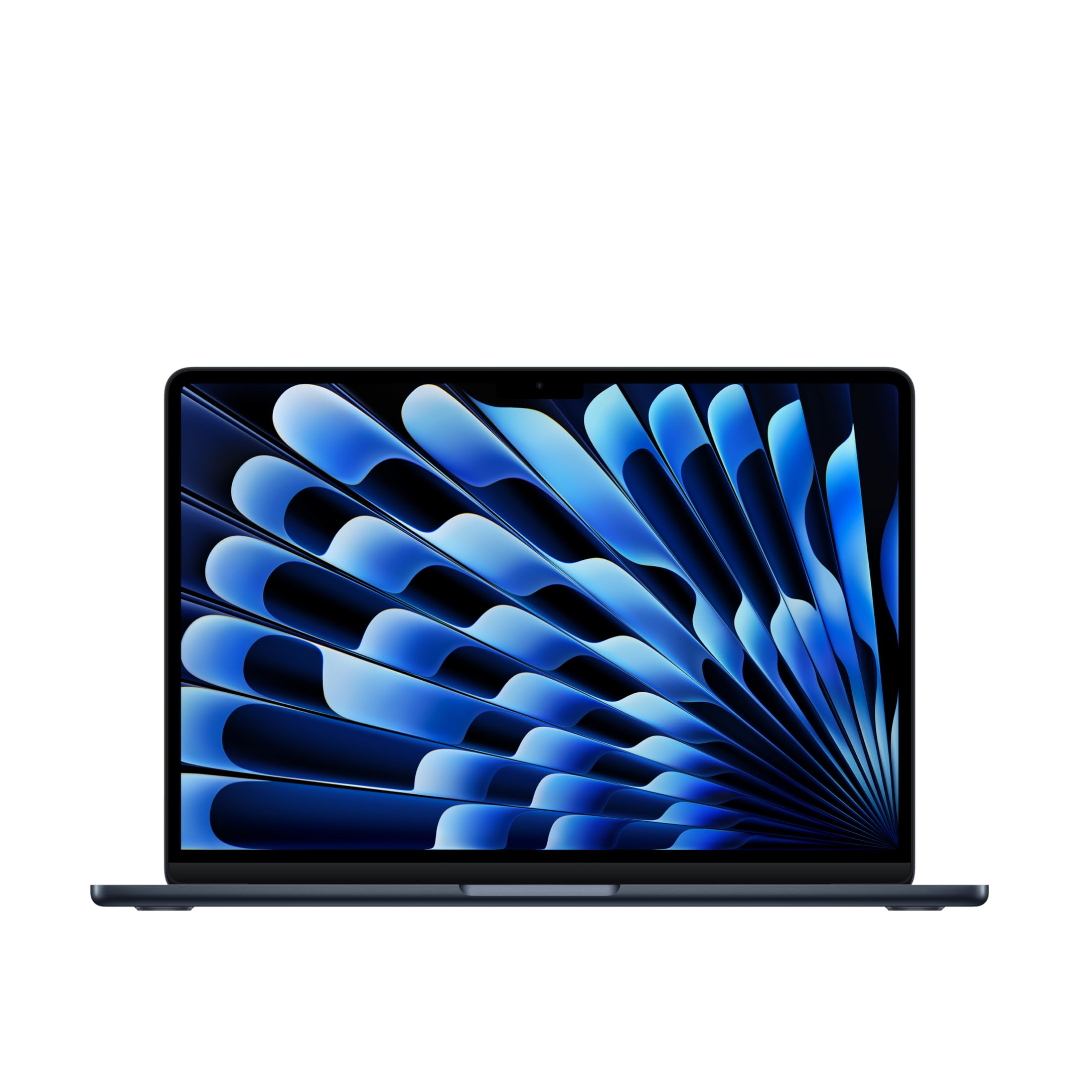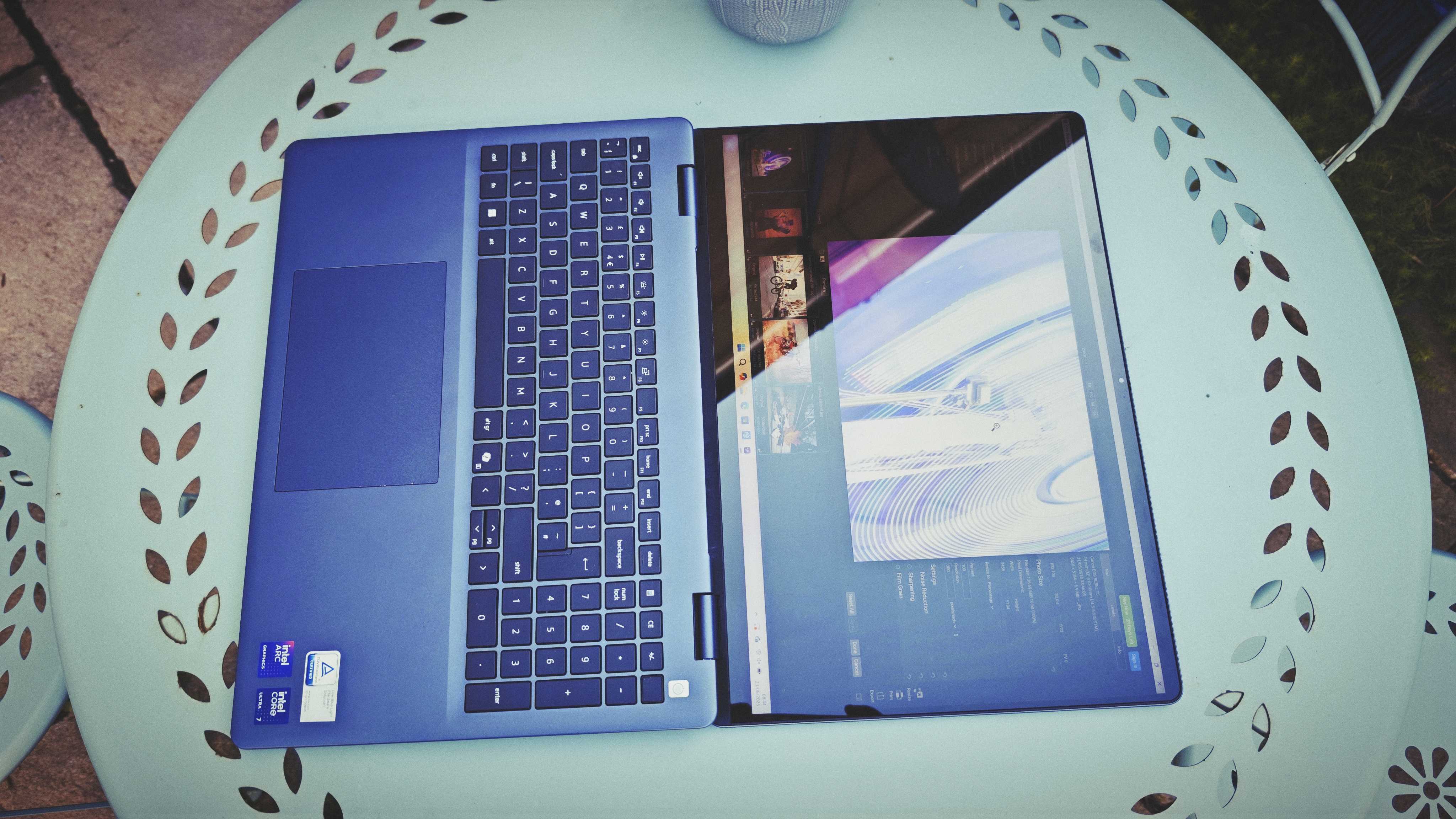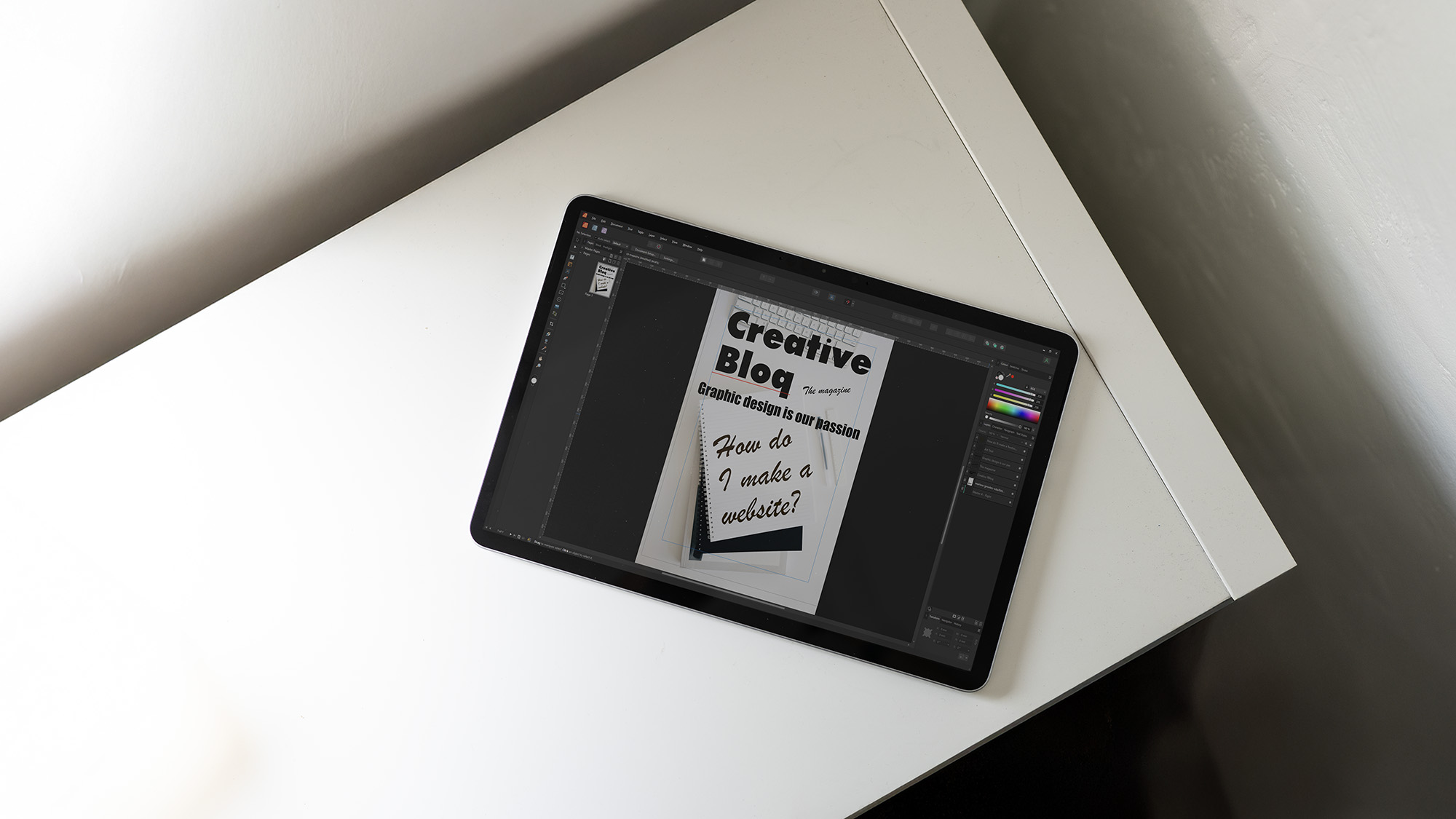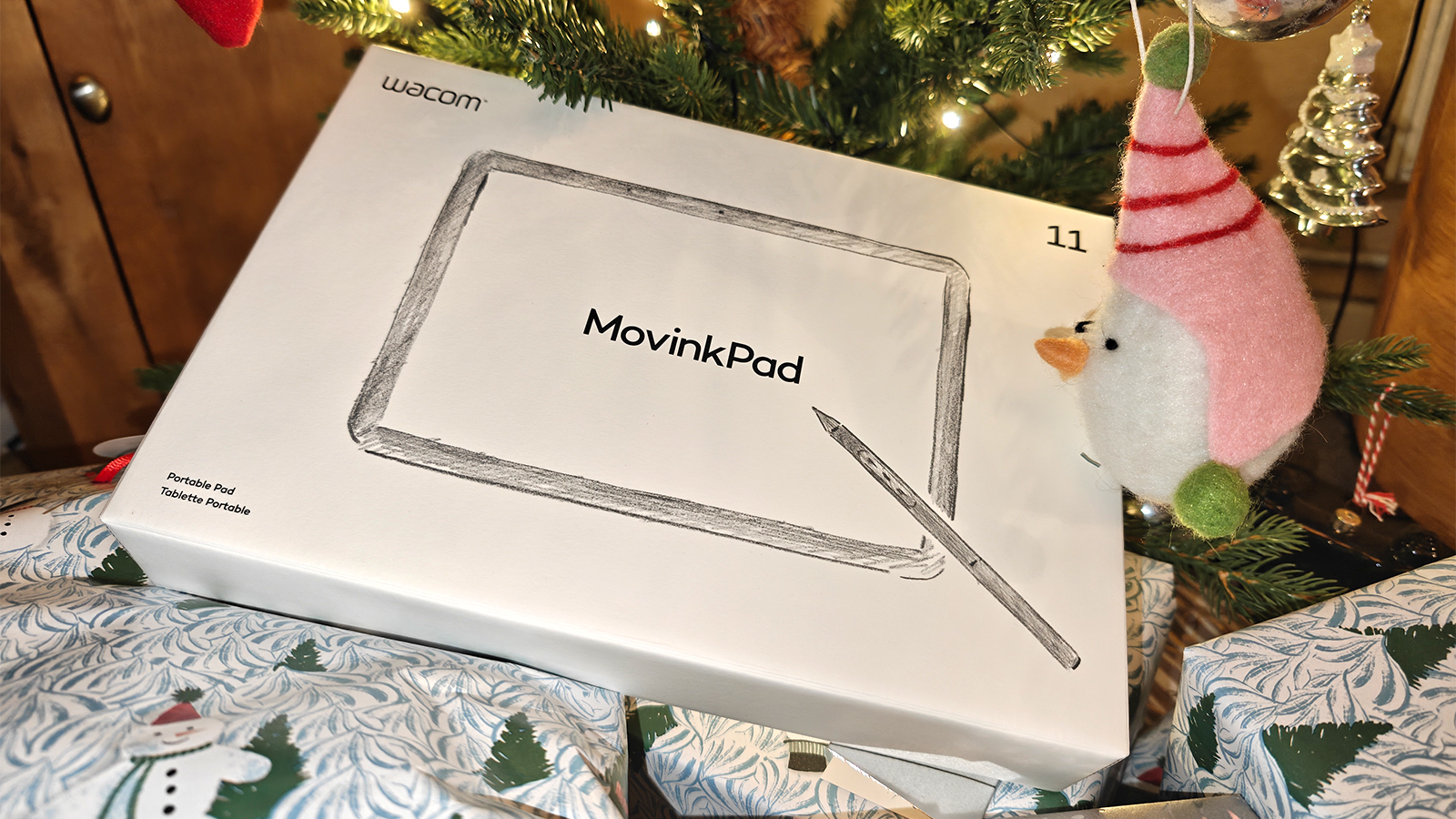Our Verdict
The Acer Aspire Vero 16 for 2025 trades on the recycled materials used in the construction of its chassis. This is great, and more companies should do it. Inside, however, it's a good office machine and, while it's capable of running creative software, you'll find other laptops at the same price that can do it better.
For
- Heavy on the recycled plastic
- Decent CPU performance
- Nice IPS screen
Against
- Integrated GPU is weak
- Not the lightest laptop
- Lots of competition
Why you can trust Creative Bloq
The Acer Aspire Vero 16 is an eco-conscious laptop, but we can confirm it’s not knitted from yoghurt and doesn’t arrive with a free pair of sandals. The grey casing feels different from most other portable PCs, but apart from this everything else is business as usual, with a decent Intel CPU, fast USB4 ports, and an IPS screen with respectable brightness and colour.
It’s never going to rival the best laptops for video editing, but it's not completely incapable either. Many low-end laptops fail at least some part of the stringent Creative Bloq test suite, but the Vero ploughed through it all, taking its time, sure, but getting there in the end. Maybe fast enough to make it as one of the best laptops for students? Who knows.
Key specifications
CPU: | Intel Core Ultra 7 255H |
NPU: | Intel AI Boost |
Graphics: | Intel Arc 140T |
Memory: | 16GB |
Storage: | 1TB SSD |
Screen size: | 16in |
Screen type: | IPS |
Resolution: | 1920 x 1200 |
Refresh rate: | 60Hz |
Colour gamut (measured): | 83% P3 |
Brightness (measured): | 407 nits |
Ports: | 1x HDMI, 2x USB 3.2 Gen 1 Type-A, 2x USB4, 3.5mm audio |
Wireless connectivity: | Wi-Fi 6, Bluetooth 5.3 |
Dimensions: | 16.5 x 356 x 247mm |
Weight: | 1.8kg |
Design, build and display
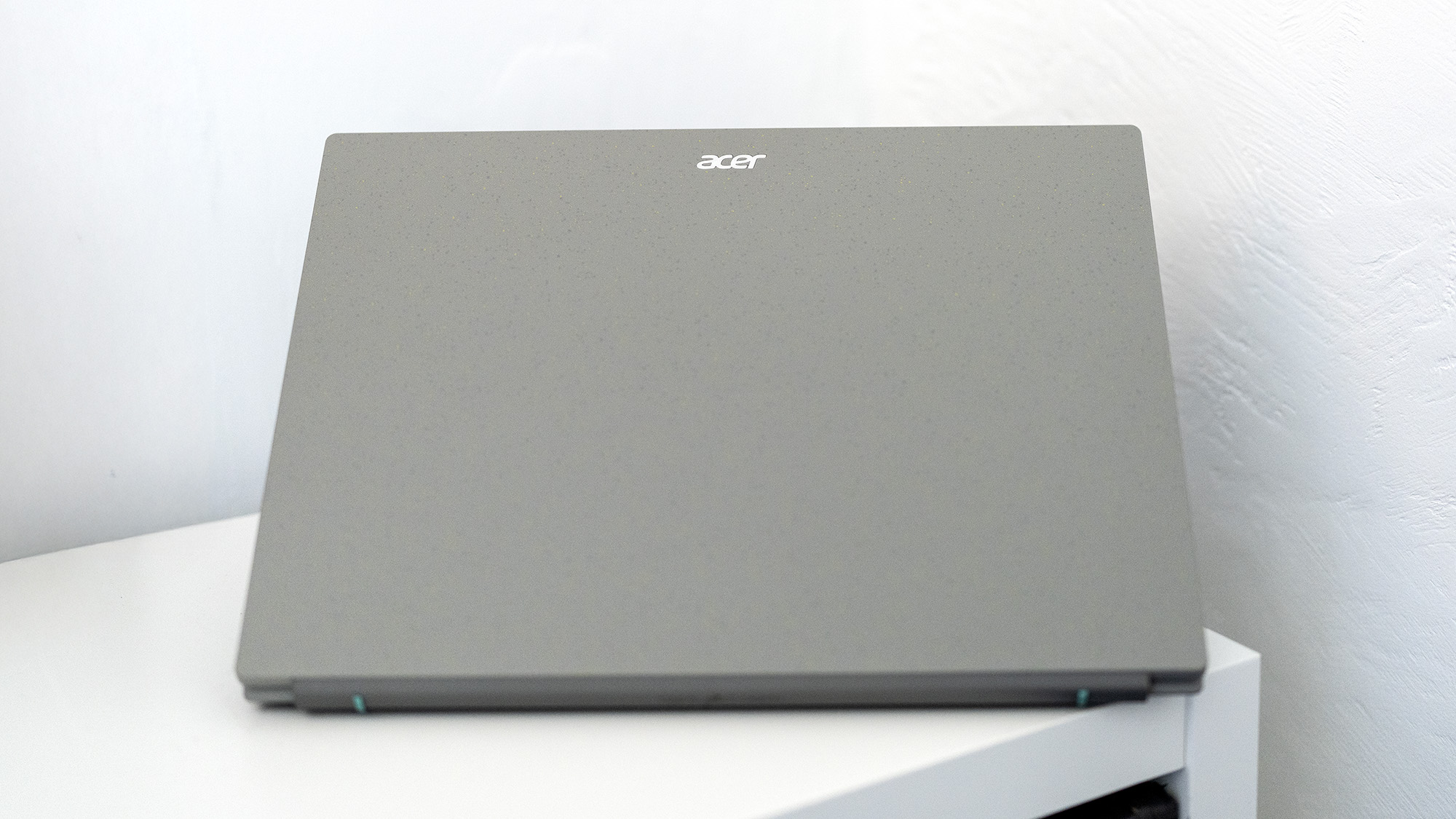
• Recycled materials
• Bit of flex
The colour and finish of the Aspire Vero are unique. It’s a light grey the company calls ‘Iron’, and has a texture that’s much less smooth than the usual laptop casing. It’s not exactly rough, though I think this year’s model is different to last year’s if my fingertips’ memory is to be trusted, but it’s not perfectly even either.
This is either a result of the ‘bio-based oyster shell’ nature of the material used, or a deliberate design choice to make you think it’s a result of the ‘bio-based oyster shell’ nature of the material used, and either way, it stands out. If you look closely, there's a little bit of yellow flecking in the grey, and it’s not unattractive.
Acer calls it an ‘eco-conscious AI PC’ and leans hard into that recycled nature. It’s on the box, the Acer logo is green when it starts up, and a ‘For the Planet’ slogan appears too. There are also two green keycaps, the R and the E, which are also reversed like a Hollywood movie’s idea of what Russian characters look like. Even the little feet underneath are green, as is the shutter for the 1440p webcam. It’s almost heavy-handed, but at least stops once the machine is started up. More than 70% of the laptop’s chassis is made from “a blend of post-consumer recycled plastic” and that bio-based oyster shell stuff, and the company is “committed to carbon neutrality throughout its lifecycle”.
Both of these claims come with footnotes, naturally, and include carbon credits. Also, the recycled plastic/oyster shell blend that makes up that 70% claim is 69:1, though there's 3% of the shellfish-derived stuff in the palm rest and bottom cover. The keycaps and power adapter are 50% recycled plastic.
Daily design news, reviews, how-tos and more, as picked by the editors.
There's absolutely nothing wrong with the feel of the Vero, it’s just a bit different - though it is worth noting that there's a bit of flex if you really try to bend a corner up. It’s also a pretty good-looking machine, plenty thin enough, and while it’s not an ultralight, it’s not heavy either. Everything is accessible, though we question the positioning of the fingerprint scanner on the left-hand side of the trackpad, and opening the screen lifts the keyboard slightly (using lugs on the hinge) so that it’s more comfortable to type on.
Design score: 4/5
Features
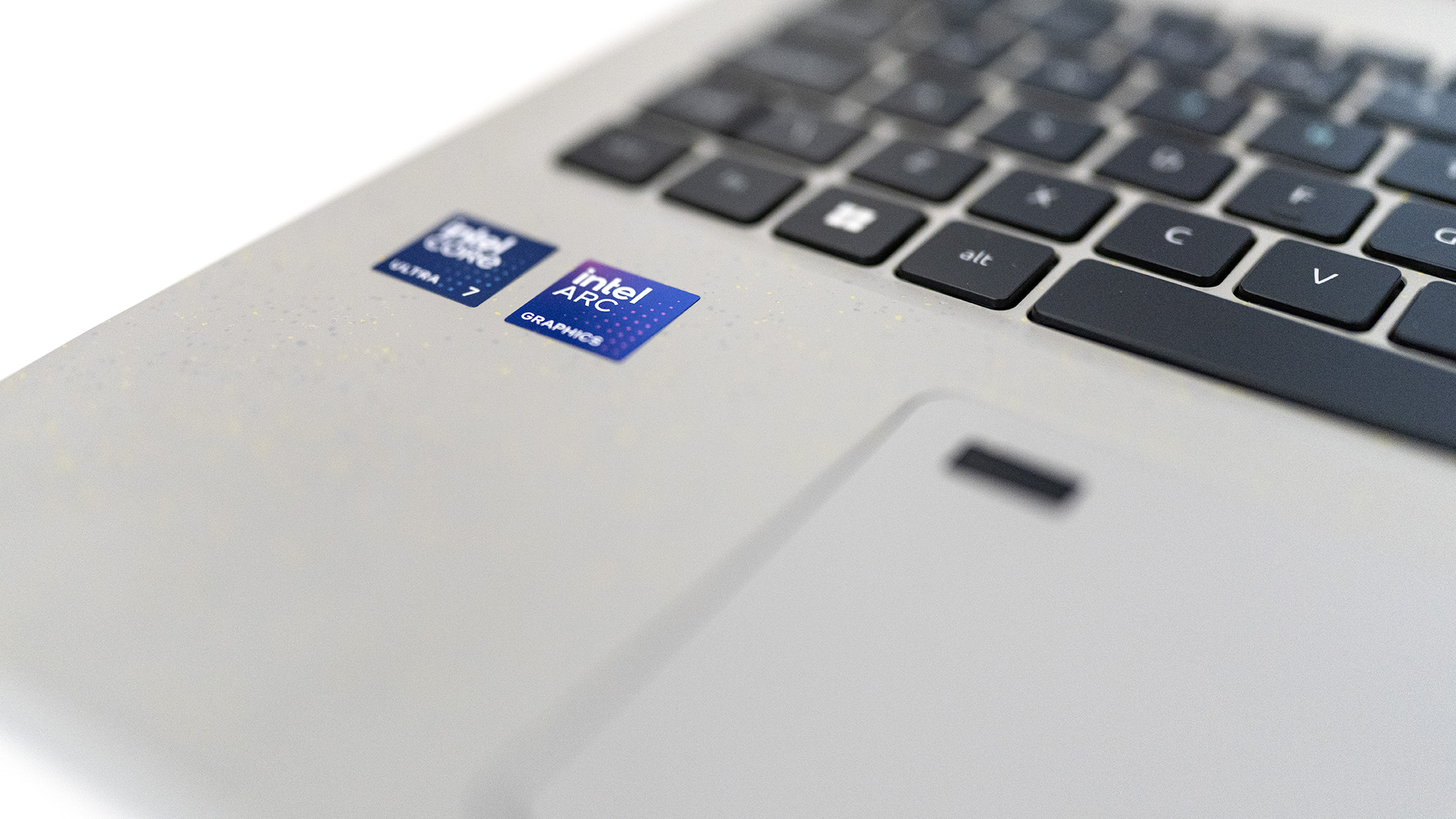
• USB4
• Bright IPS screen
The 2025 Aspire Vero is pretty well specced. The version sent to Creative Bloq for review has an Intel Core Ultra 7 processor with 16 cores (6P, 8E, 2LP) and 16GB of RAM, which is still a pretty good combo as long as your compositions don’t get too big. The integrated GPU is broadly competent, but won’t chew through renders or AI tools particularly quickly.
The USB4 ports are nice to see too, as not only do they allow access to really fast SSDs such as the SanDisk Extreme Pro USB4, but they allow USB 3.2 x2 drives like the Crucial X10 to run at full speed too. There’s a full-sized HDMI for an external monitor or projector, but you’ll need to use one of the USB-C ports for charging.
The screen is an IPS, and nice and bright at 407 nits. The colour response of 100% sRGB, and 83% of both Adobe RGB and DCI-P3 isn’t bad, but there are better laptop screens out there.
Battery life is reasonable, at just a few minutes under 12 hours in our test, which keeps the screen on and loops a video until it gives up. This means you'll be able to work all day from a charge, but it doesn't hit the heights of the HP Elitebook X G1i, which has immense endurance but pays for it by scoring slightly lower than the Vero in benchmarks.
Feature score: 3/5
Benchmark scores
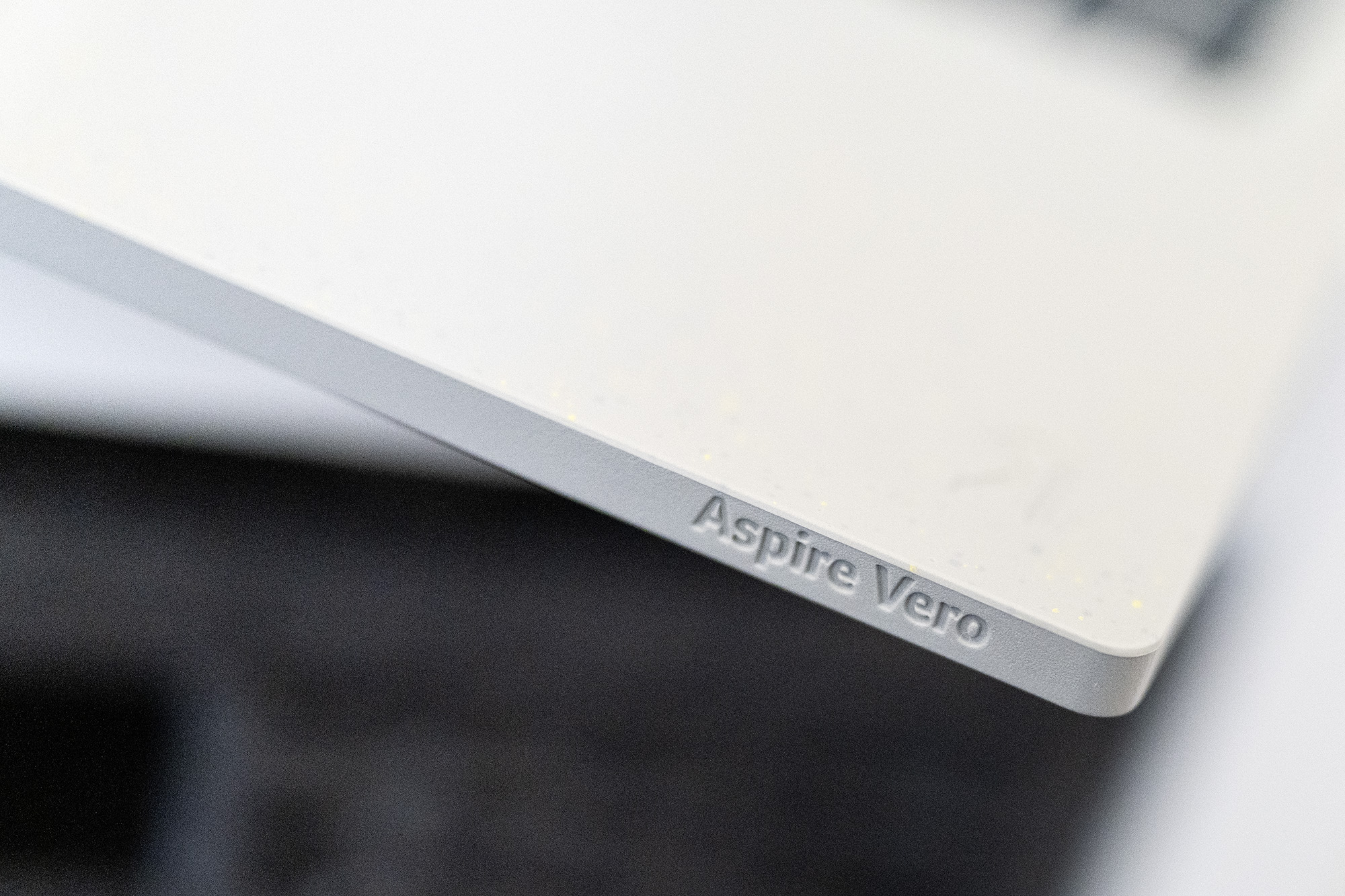
We test every one of our laptops using the same benchmarking software suite to give you a thorough overview of its suitability for creatives of all disciplines and levels. This includes:
• Geekbench: Tests the CPU for single-core and multi-core power, and the GPU for the system's potential for gaming, image processing, or video editing. Geekbench AI tests the CPU and GPU on a variety of AI-powered and AI-boosted tasks.
• Cinebench: Tests the CPU and GPU's ability to run Cinema 4D and Redshift.
• UL Procyon: Uses UL Solutions' Procyon software suite to test the system's ability for AI image generation in Stable Diffusion, its Microsoft Office performance and its battery life in a looping video test.
• Topaz Video AI: We use Topaz Video AI to test the system's ability to upscale video and convert video to slow-motion.
• PugetBench for Creators: We use the PugetBench for Creators benchmarking suite to test the system's ability to run several key tasks in Photoshop and Adobe Premiere Pro, as well as its performance when encoding/transcoding video.
• ON1 Resize AI: Tests the system's ability to resize 5 photos to 200% in a batch process. We take the total time taken to resize the images and divide by 5.
Performance
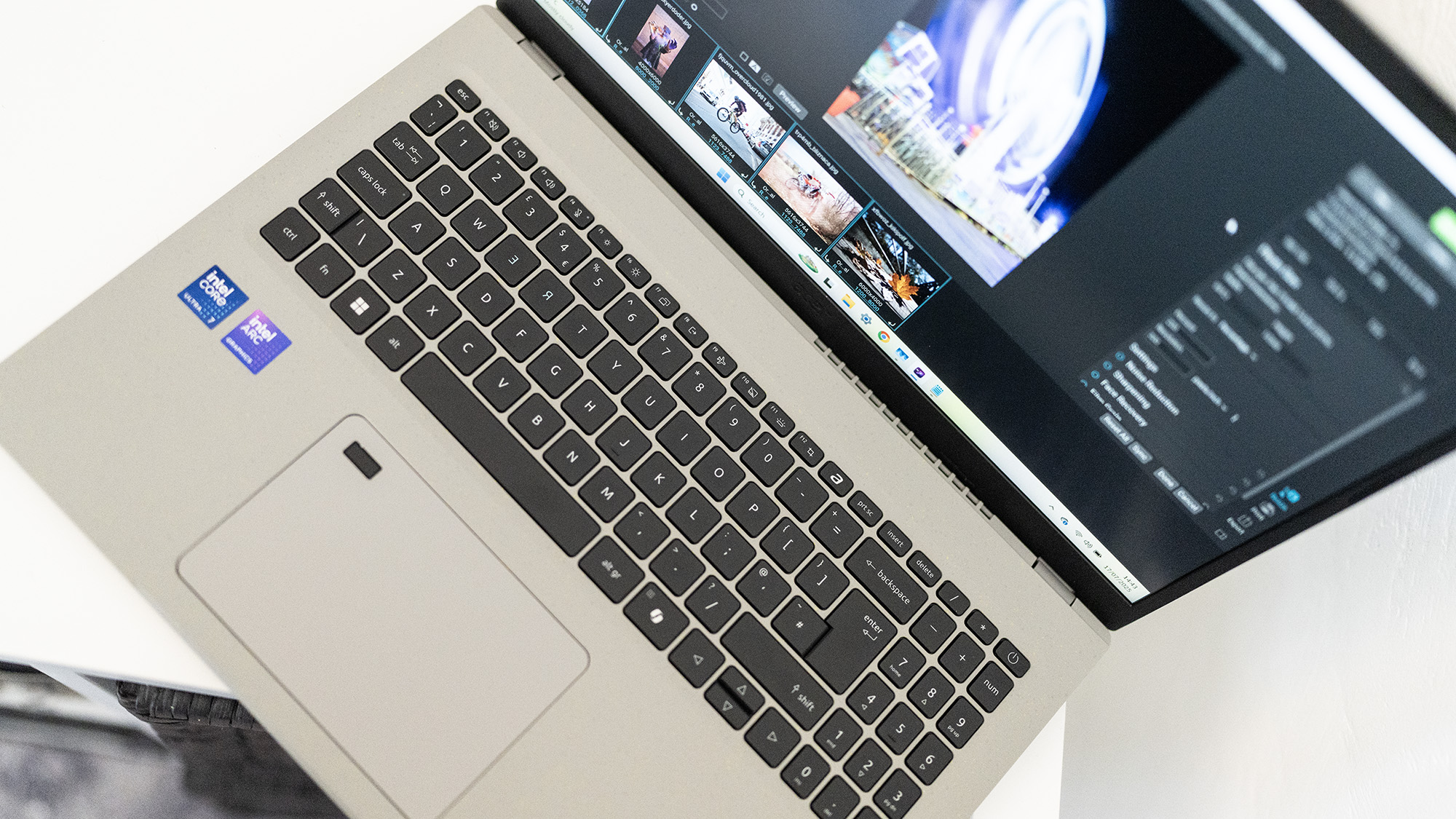
• Decent CPU
• GPU can't match others
This is the first time we’ve met the Core Ultra 7 255H, though there was a 265H in the HP Omnibook Ultra 14. It’s basically the same as that chip, only with a lower maximum turbo frequency, and produces results in the Geekbench 6 tests that are, as you’d expect, a bit lower, producing numbers in the same ballpark as Apple’s M1 chip.
When it comes to real-world tests, like the office software workout provided by Procyon, it spits out perfectly respectable results. In creative software, it’s nowhere near as fast as something like the MSI Stealth 18 HX AI, but then it costs less than a third of the price and we wouldn’t expect it to. The Vero’s Photoshop benchmark results are pretty good, and while it’s not a Premiere Pro monster, it can certainly run the app and process a few streams, though it’s near the bottom of our ranking in that app. Likewise, in AI applications such as Topaz AI Resize - the Vero can do it, in fact it didn’t fail any of the tests we put it through. It just does them a bit more slowly than other laptops we’ve tested.
The only issue here is that by picking up a 15-inch MacBook Air M4 for about the same price, you’re getting a much better product: the Air provides better scores in every benchmark, and its metal frame doesn’t have that little bit of flex in it.
Performance score: 3/5
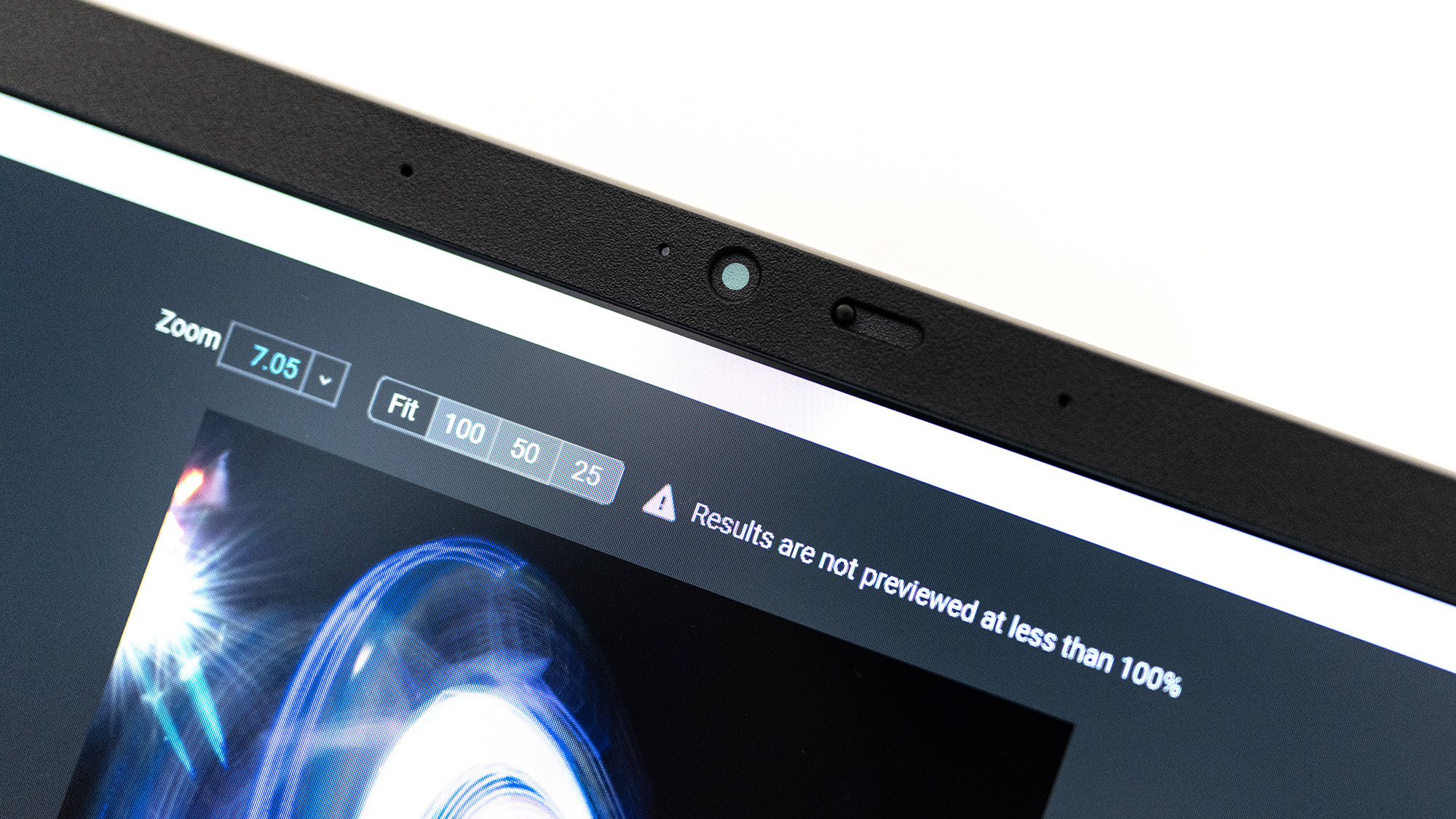
Price
At £999, there's a lot of competition out there for the Aspire Vero. It’s not just the MacBook Air, either. You can get a Surface Pro 12 for a bit less (though you will need an extra keyboard case), and an HP Envy 16" x360 with a Ryzen 7 is the same price as the Vero. As such, it’s not a bad buy - especially if the recycled nature of the plastics involved tickles something green inside you - but you should thoroughly interrogate the market first to see what else is available in the price range.
Value score: 3/5
Who is it for?
• Hybrid and office workers
The 2025 Acer Aspire Vero makes a good general-purpose and office laptop. It’s capable of running creative apps, but you’ll want something more pokey for the really complex stuff. Its green credentials will make it a choice that will perhaps soothe your environmental worries a bit too.
Attributes | Notes | Rating |
|---|---|---|
Design: | A grey rectangle, instead of a black one, with some environmental flairs | 4/5 |
Features: | USB4 ports and a respectable IPS screen. | 3/5 |
Performance: | Tries its best, but the integrated GPU is still weak in creative apps. | 3/5 |
Value: | Lots of other laptops at this price point. | 3/5 |
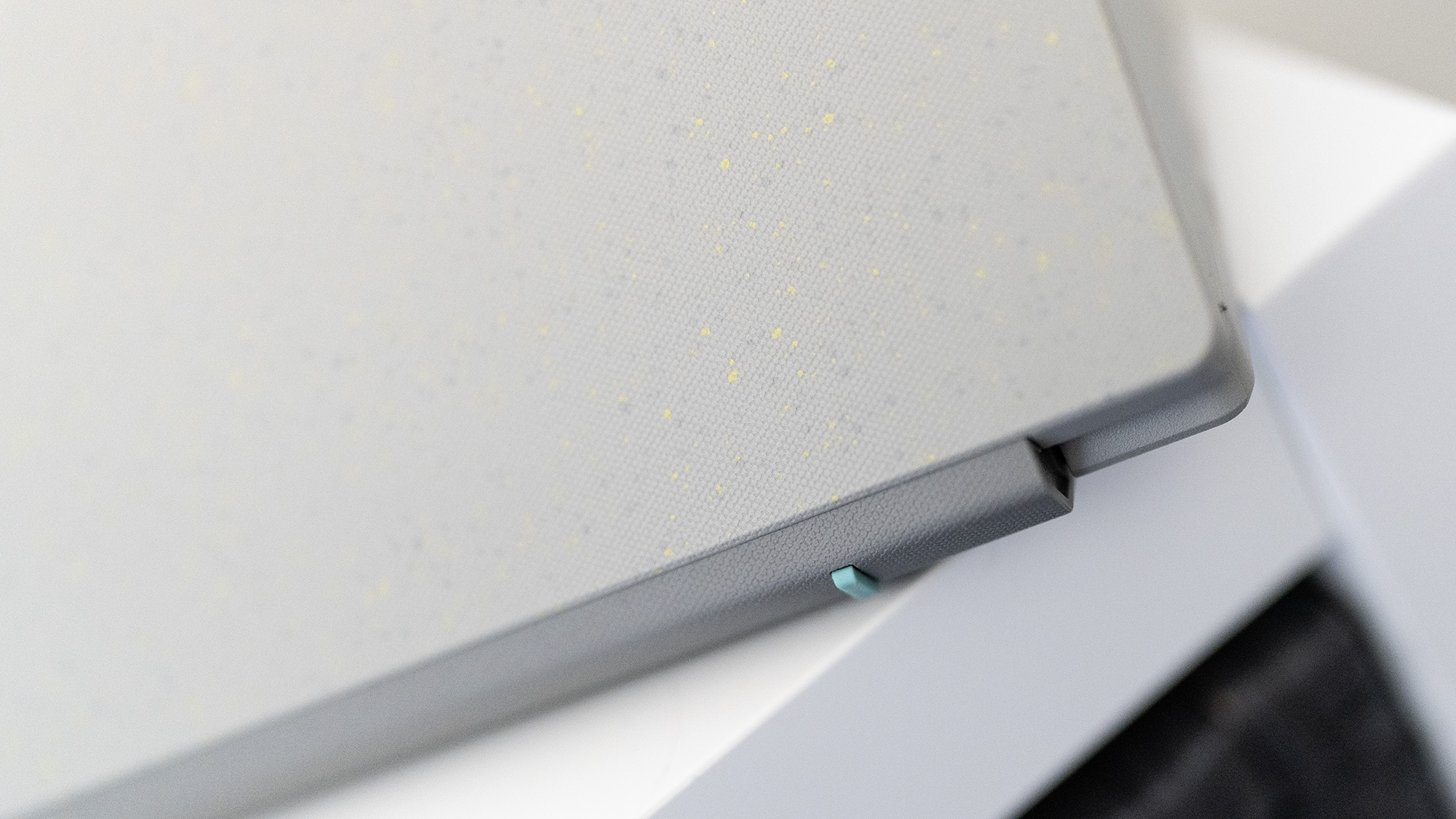
Buy it if...
- You need a simple office or home laptop
- You like the idea of recycled plastic
Don't buy it if...
- You need more power
- Lightness is paramount
- OLEDs look like fun
Also consider
out of 10
The Acer Aspire Vero 16 for 2025 trades on the recycled materials used in the construction of its chassis. This is great, and more companies should do it. Inside, however, it's a good office machine and, while it's capable of running creative software, you'll find other laptops at the same price that can do it better.

Ian Evenden has been a journalist for over 20 years, starting in the days of QuarkXpress 4 and Photoshop 5. He now mainly works in Creative Cloud and Google Docs, but can always find a use for a powerful laptop or two. When not sweating over page layout or photo editing, you can find him peering at the stars or growing vegetables.
You must confirm your public display name before commenting
Please logout and then login again, you will then be prompted to enter your display name.
